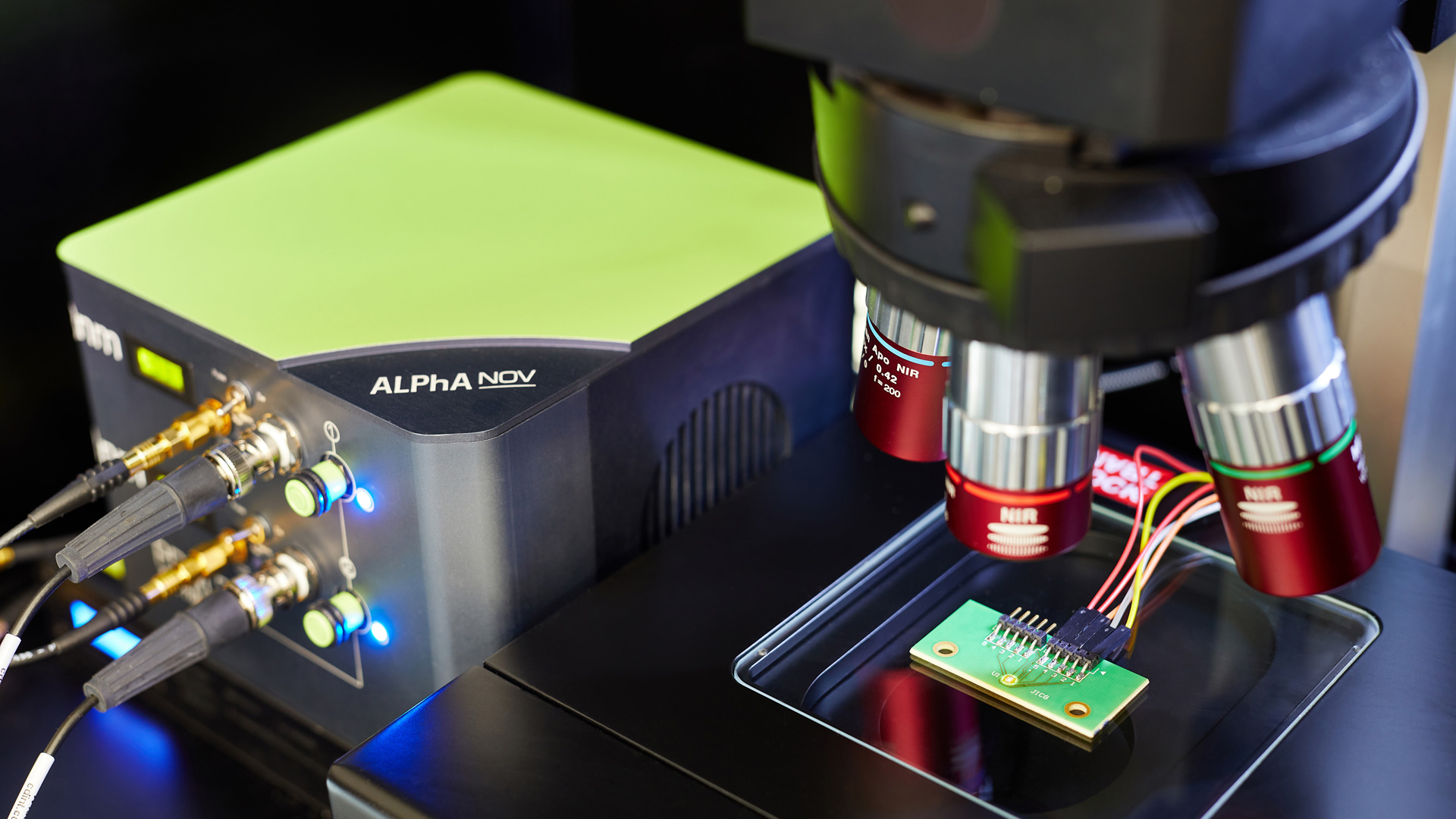Proactive Systems 1
Proactive Systems
Future research will look not only at the communication layer, but at the entire IT system, including processing and storage. By looking at the system as a whole, potential problems can be identified more comprehensively and resolved more effectively. This allows proactive measures to be developed that go beyond just network communications.
Research into artificial intelligence (AI) methods is being expanded, with a focus on the most important applications in the cloud continuum today. The aim is to develop proactive methods for troubleshooting communication problems, for example in industrial scenarios. The aim is to use AI to identify potential future problems at an early stage and solve them before they occur.
As a basis for the AI investigations, large data sets have already been collected on various aspects of 5G communications. For example, mobile networks have been used in the EMiL, Open6G Hub, 5G-Testbed-BB and iCampus-5G-Connected-Sensing projects. These projects focused on secure and reliable data transmission, especially for industrial applications. The resulting 5G testbeds will continue to be used to investigate selected scenarios in more detail. With the increasing integration of IoT devices in 5G networks, it is crucial to better protect these devices from attacks. Together with the Intelligent IoT Systems working group, the security and reliability of IoT devices in the context of 5G networks will be further investigated. The aim is not only to detect current network problems, but also to develop methods for identifying and predicting future problems. Based on this, proactive measures will be developed to minimise the impact of predicted problems before they occur.




